Quadrilateral: A quadrilateral is a shape which has four sides. The sum of the angles of a quadrilateral is 360°.
A plane figure bounded by four lines segment AB, BC, CD and DA is called a quadrilateral.

Types of Quadrilaterals
(i) Parallelogram: A quadrilateral in which opposite sides are parallel is called parallelogram and it is written as Parallelogram.
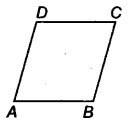
(ii) Rectangle: A parallelogram each of whose angle is 90°, is called a rectangle.
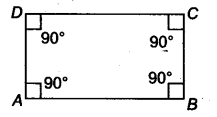
(iii) Square: A rectangle having all sides equal, is called a square.
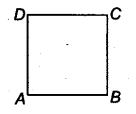
(iv) Rhombus: A parallelogram having all sides equal is called a rhombus.
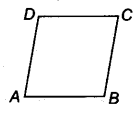
(v) Trapezium: A quadrilateral in which two opposite sides are parallel and two opposite sides are non-parallel is called a trapezium.
If two non-parallel sides of a trapezium are equal, then it is called an isosceles trapezium.

(vi) Kite: A quadrilateral in which two pairs of adjacent are equal is known as the kite.
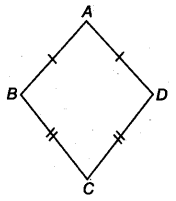
Theorems
- The sum of all the four angles of a quadrilateral is 360°.
- A diagonal of a parallelogram divides it into two congruent triangles.
- A quadrilateral is a parallelogram if
- opposite sides are equal.
- opposite angles are equal,
- diagonals bisect each other.
- A quadrilateral is a parallelogram if
- its opposite angles are equal.
- its opposite sides are equal.
- its diagonals bisect each other.
- a pair of opposite sides is equal and parallel.
- Diagonals of a rectangle bisect each other and they are equal and vice-versa.
- Diagonals of a rhombus bisect each other at right angles and they are not equal and vice-versa.
- Diagonals of a square bisect each other at right angles and they are equal and vice-versa.
- The line segment joining the mid-points of any two sides of a triangle is parallel to the third side and equal to half of it. (Mid-point theorem)
- The line drawn through the mid-point of one side of a triangle, parallel to another side, intersects the third side at its mid-point. (By converse of mid-point theorem)
- The quadrilateral formed by joining the mid-points of the sides of a quadrilateral, taken in order, is a parallelogram.
- In a quadrilateral, if diagonals bisect each other, then it forms a parallelogram.
NCERT Solutions Ch- 8 Quadrilaterals


